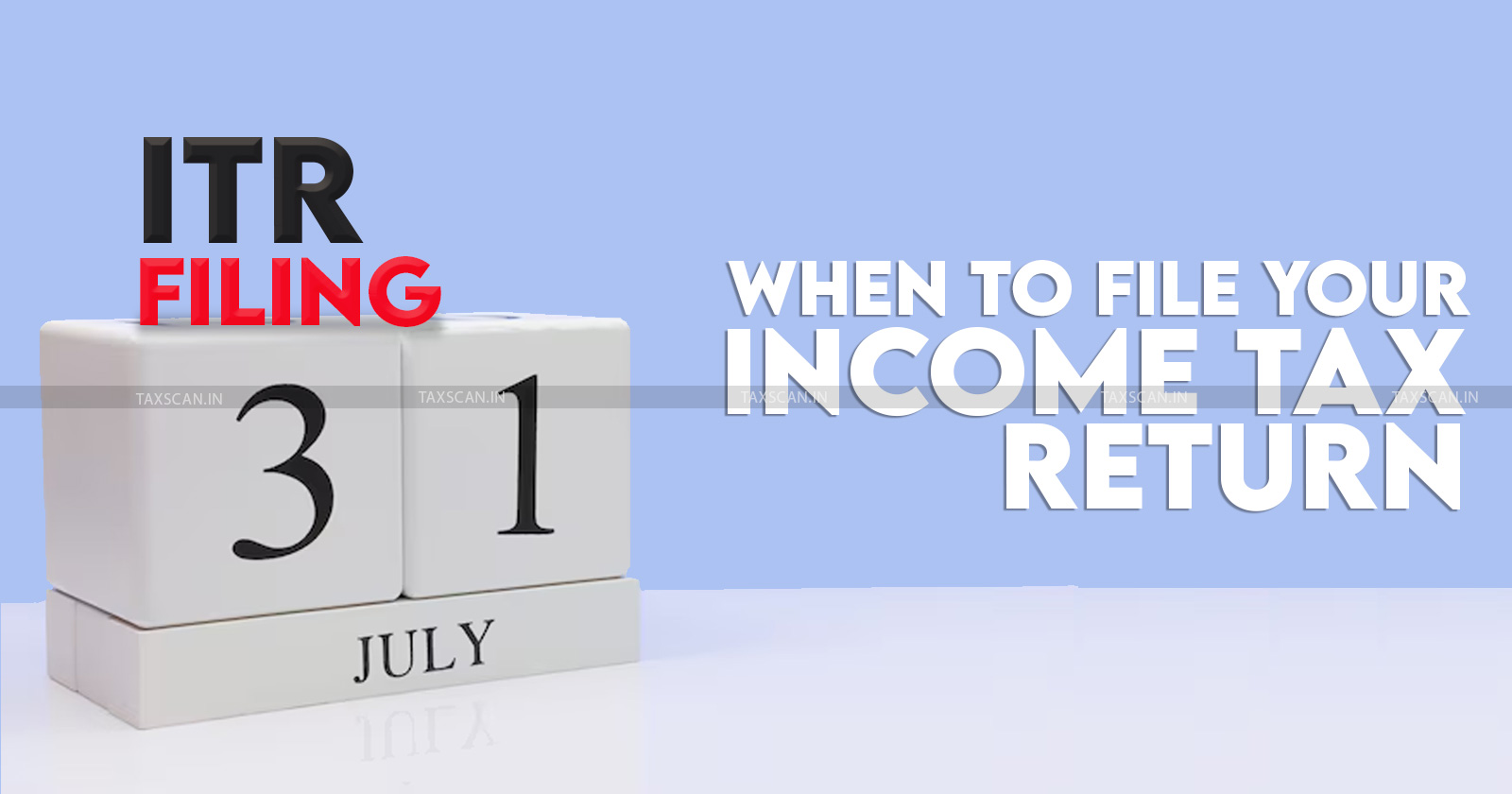Managing payroll is a critical function for businesses in the United States. Ensuring accurate and timely payroll returns is essential to comply with federal, state, and local tax laws. This article outlines the procedures for payroll returns, including filing requirements, deadlines, and best practices.
Managing payroll is a critical function for businesses in the United States. Ensuring accurate and timely payroll returns is essential to comply with federal, state, and local tax laws. This article outlines the procedures for payroll returns, including filing requirements, deadlines, and best practices.
What Are Payroll Returns?
Payroll returns are reports filed by employers to tax authorities that detail wages paid to employees and taxes withheld from those wages. These returns ensure that the employer has accurately withheld income, Social Security, Medicare, and unemployment taxes and has paid their portion of these taxes.
Key Federal Payroll Tax Forms
Several forms must be filed with the IRS to report payroll taxes:
Form 941: Filed quarterly to report income taxes, Social Security tax, and Medicare tax withheld from employee paychecks.
Form 944: Filed annually by smaller employers whose annual liability for Social Security, Medicare, and withheld federal income tax is $1,000 or less.
Form 940: Filed annually to report unemployment taxes.
Form W-2: Issued annually to each employee and the Social Security Administration (SSA) to report wages paid and taxes withheld.
Form W-3: Filed annually with the SSA along with Form W-2 to summarize all employee earnings and taxes withheld.
Filing Deadlines
Form 941: Due the last day of the month following the end of each quarter (April 30, July 31, October 31, January 31).
Form 944: Due by January 31 of the following year.
Form 940: Due by January 31 of the following year.
Forms W-2 and W-3: Due to employees and the SSA by January 31.
State & Local Payroll Tax Returns
In addition to federal requirements, employers must also file state and local payroll tax returns. These vary by jurisdiction but typically include:
State income tax withholding returns: Frequency and due dates vary by state.
State unemployment tax returns: Generally filed quarterly.
Local tax returns: Requirements vary significantly by locality.
Steps for Filing Payroll Returns
1. Gather Information: Collect all necessary payroll data.
2. Complete Forms: Accurately fill out the required tax forms.
3. File Electronically or by Mail: Submit forms to the appropriate tax authorities.
4. Pay Taxes: Ensure all payroll taxes are paid on time.
5. Keep Records: Maintain detailed records of all filed returns and tax payments for at least four years.
Conclusion
Managing payroll returns is vital for running a business in the USA. Understanding the procedures, adhering to deadlines, and implementing best practices can help businesses maintain compliance and avoid costly penalties. By staying organized and proactive, employers can ensure smooth and efficient payroll processes.














































